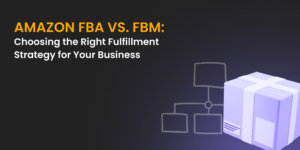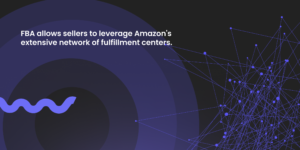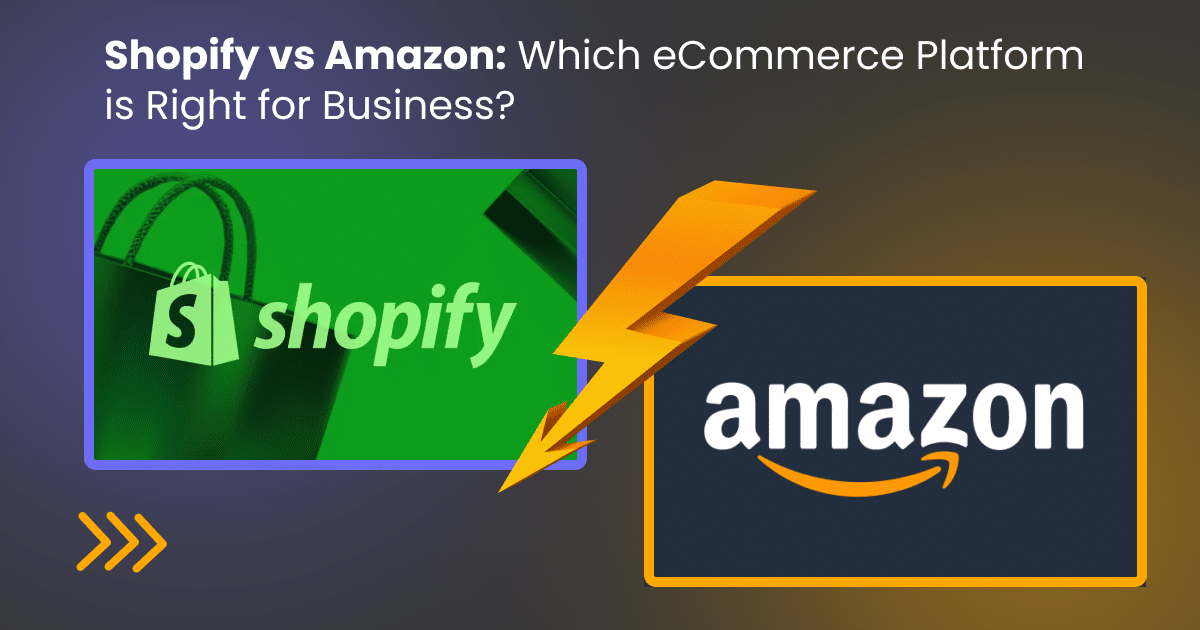In the vast marketplace of Amazon, sellers are constantly seeking strategies to stand out, increase sales, and streamline operations. One of the critical decisions impacting these goals involves choosing the right fulfillment strategy. Amazon offers two primary fulfillment options: Fulfillment by Amazon (FBA) and Fulfillment by Merchant (FBM). Each has its advantages and challenges, and the choice between them can significantly influence your business’s success on Amazon.
Understanding FBA and FBM
Before diving into the comparison, let’s define what FBA and FBM entail:
FBA allows sellers to leverage Amazon’s extensive network of fulfillment centers. Sellers ship their products to Amazon, which then stores the inventory, processes orders, and handles shipping and customer service. This model is designed to reduce the seller’s workload and provide Prime eligibility, potentially increasing sales.
With FBM, sellers maintain control over storing, packing, and shipping their products directly to customers. This option gives sellers more hands-on control over their inventory and fulfillment processes but requires more effort and resources.
Pros and Cons of FBA
Advantages
- Prime Eligibility: FBA products automatically qualify for Amazon Prime, providing access to a vast base of loyal customers who value fast, free shipping.
- Simplified Logistics and Scalability: Amazon handles the logistics, offering a scalable solution for handling increased order volumes, especially during peak seasons.
- Enhanced Buy Box Share: FBA products often have a higher chance of winning the Buy Box, increasing visibility and sales.
Challenges
- Higher Costs: FBA involves fees for storage, fulfillment, and additional long-term storage fees, which can eat into profit margins.
- Less Control: Sending inventory to Amazon’s fulfillment centers means less control over the handling and shipping processes.
- Inventory Management: Properly managing inventory levels is crucial to avoid long-term storage fees or stockouts.
Pros and Cons of FBM
Advantages
- More Control: Sellers have direct control over the packing and shipping process, allowing for personalized packaging and potentially faster shipping on certain products.
- Lower Costs: Without Amazon’s fulfillment fees, sellers might enjoy higher profit margins, particularly if they have efficient, low-cost fulfillment processes in place.
- Flexibility: FBM offers more flexibility in managing inventory, especially for products with unpredictable demand.
Challenges
- Prime Eligibility: Achieving Prime status as an FBM seller requires joining the Seller Fulfilled Prime program, which has stringent requirements.
- Increased Responsibility: All aspects of customer service, shipping, and returns fall on the seller, requiring more time and resources.
- Buy Box Competition: FBM listings might face more challenges in winning the Buy Box against FBA listings, potentially affecting visibility.
Making the Right Choice
The decision between FBA and FBM depends on various factors, including:
- Business Size and Volume: Large volumes might benefit from FBA’s scalability, while smaller volumes might be more manageable and cost-effective with FBM.
- Product Type and Size: Bulky or slow-moving items might incur higher FBA fees, making FBM a more practical option.
- Resources and Expertise: Sellers with established fulfillment processes may prefer FBM, while those looking to minimize logistics efforts might choose FBA.
Hybrid Approach
Some sellers opt for a hybrid approach, using FBA for high-volume, Prime-eligible products, and FBM for items that are oversized, slow-moving, or require special handling. This strategy allows sellers to balance costs, control, and scalability.
Conclusion
Choosing between FBA and FBM is a strategic decision that should align with your business goals, operational capabilities, and product characteristics. By carefully weighing the pros and cons, sellers can select a fulfillment strategy that maximizes profitability, satisfies customers, and enhances their competitive edge on Amazon.
Remember, the e-commerce landscape is constantly evolving, and flexibility to adapt your fulfillment strategy can be key to long-term success on Amazon.








Comments
Leave a Reply